the belt also bears 2 Christies auction stickers with the number 120, probably lot # 120, indicating it was sold in one of their auction rooms at some point.
Sivlonot (wedding) belt:
In Rabbinic literature, sivlonot refers to gifts the groom gave his wife-to-be. Among German Jews, from the 16th century on, sivlonot took the form of belts: the groom sent his bride a belt with a gold buckle; she sent him a belt with a silver buckle. The couple would then wear the belts under the huppah, sometimes attaching them by means of another belt or a chain. Sivlonot belts were often decorated with universal symbols of love, such as two intertwined hands holding a heart, or the portraits of a man and woman.
length of the belt is : 36 inch
widest point of the buckle : 2.7 inch
belt width : 1.2 inch
Frankfurt jewish community:
The beginnings of Jewish life in Frankfurt am Main date back to the twelfth century, when the first community settled in the area around where the cathedral now stands. But the pogroms of 1241 and 1349 put an end to this period of Jewish life in the city. In 1360 Jewish families returned, when the Jewish Code of Residence (Stättigkeit) once again granted them the right to settle here.
In 1464 the city’s Jews were allocated an area on the edge of the city, where later the Judengasse, or Frankfurt ghetto, emerged. With the exception of the two-year Fettmilch Rising between 1614 and 1616, this was where the city’s Jews remained until emancipation. In 1846, Jews were granted equal rights and gradually relocated to other areas of Frankfurt.
By 1933, the Jewish Community in Frankfurt numbered more than 30,000 members, the majority of them organised in the Israelite community. In 1804 the new Philanthropin schoolhouse was founded, and the Jewish Community in Frankfurt became a centre of religious reform.
In a counter-movement, Rabbi Samson Raphael Hirsch led the formation of the secessionist orthodox community, which banded together to form the Israelite Religious Society in 1848. As well as numerous smaller places of worship, there was the main synagogue in the Jewish Quarter, another at Börneplatz, a third in the Friedberger Anlage, built in 1907 for the secessionist orthodox community, and the liberal Westend Synagogue, built in 1910. The Jewish Community in Frankfurt reflected the open-mindedness of the city.
Numerous members of the Jewish Community took on prominent roles in the cultural and political life of Frankfurt, with many institutions growing from Jewish foundations or established by Jewish citizens, such as the Johann Wolfgang von Goethe University and Frankfurter Zeitung newspaper, predecessor of the Frankfurter Allgemeine Zeitung. Frankfurt has also been home to several famous rabbis of the various religious groups, including Samson Raphael Hirsch, Markus Horovitz, Nehemia Anton Nobel, Ceasar Seligmann and Georg Salzberger
-
Dimensions:Height: 36 in (91.44 cm)Diameter: 2.7 in (6.86 cm)
-
Materials and Techniques:Gold PlateSilverCast,Engraved,GiltHammered,Hand-Carved
-
Place of Origin:Germany
-
Period:Early 18th Century
-
Date of Manufacture:1710
-
Condition:GoodWear consistent with age and use. minor scratches and dents.
-
Seller Location:Tel Aviv – Jaffa, IL
-
Reference Number:Seller: LU8130236074322







































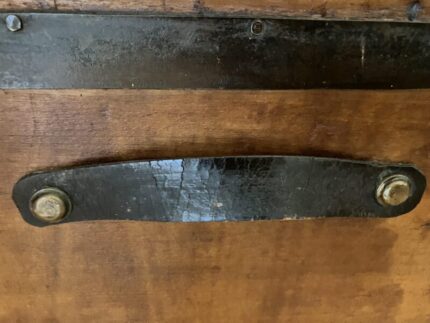

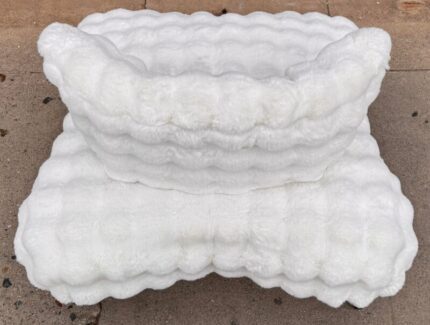



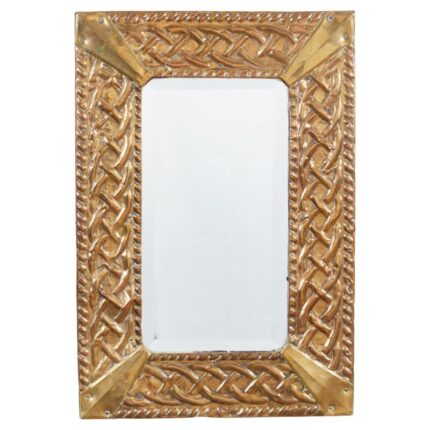

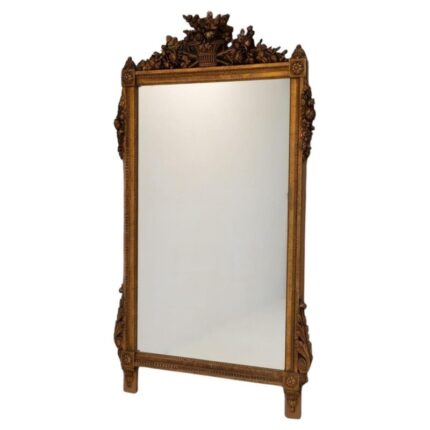

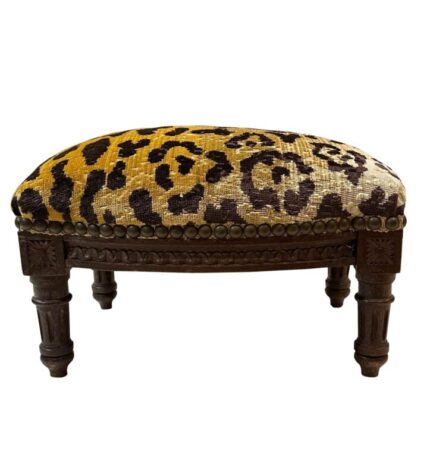

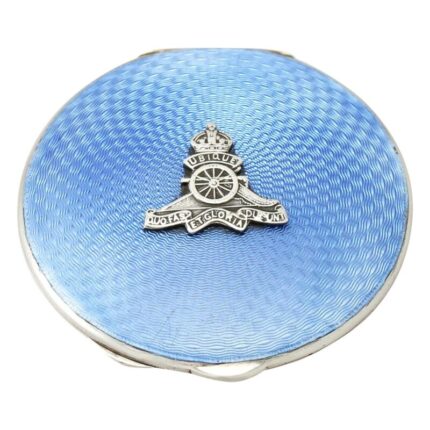



Reviews
There are no reviews yet.